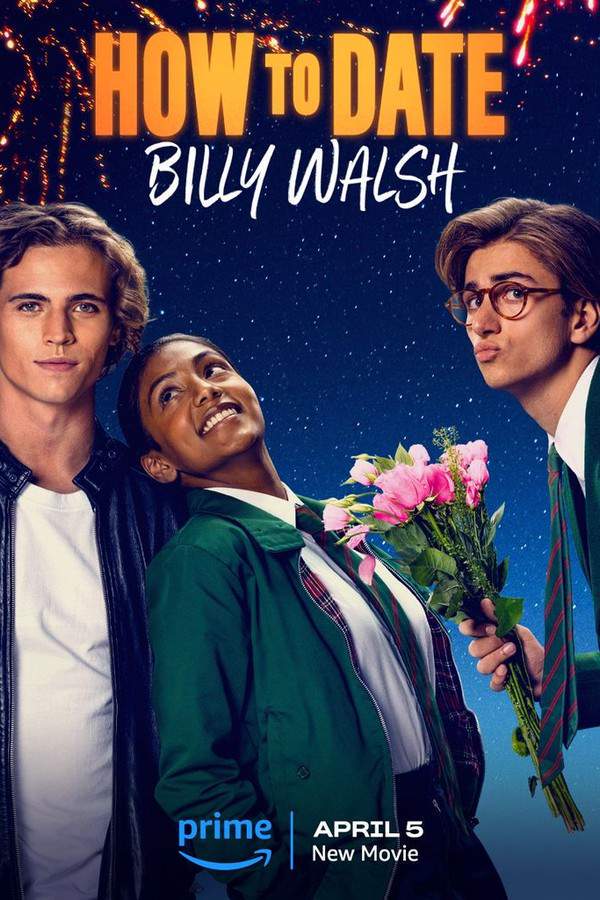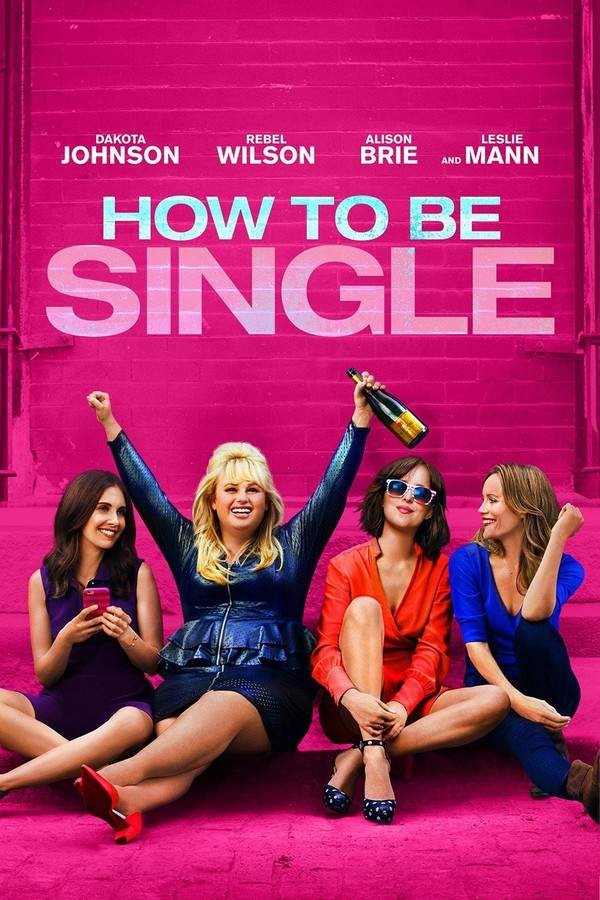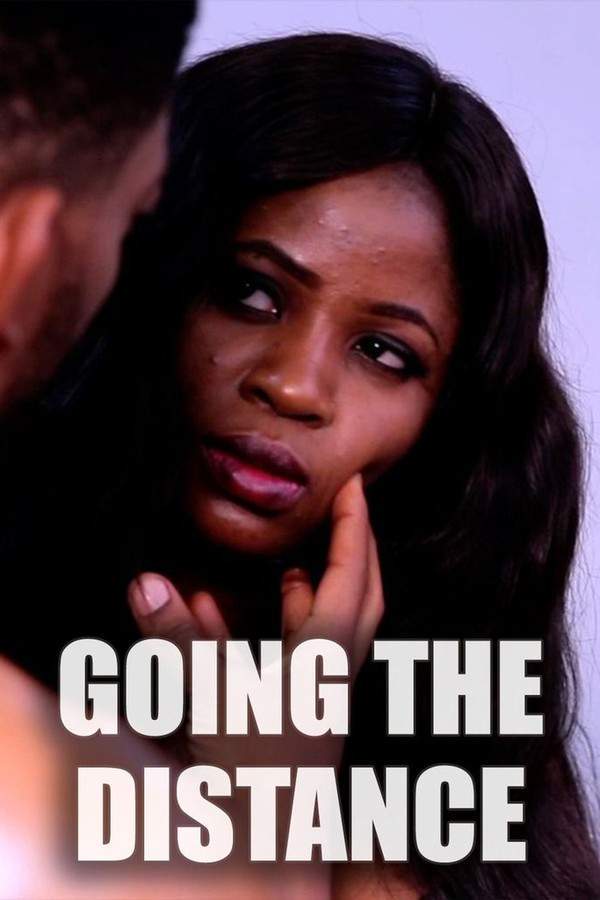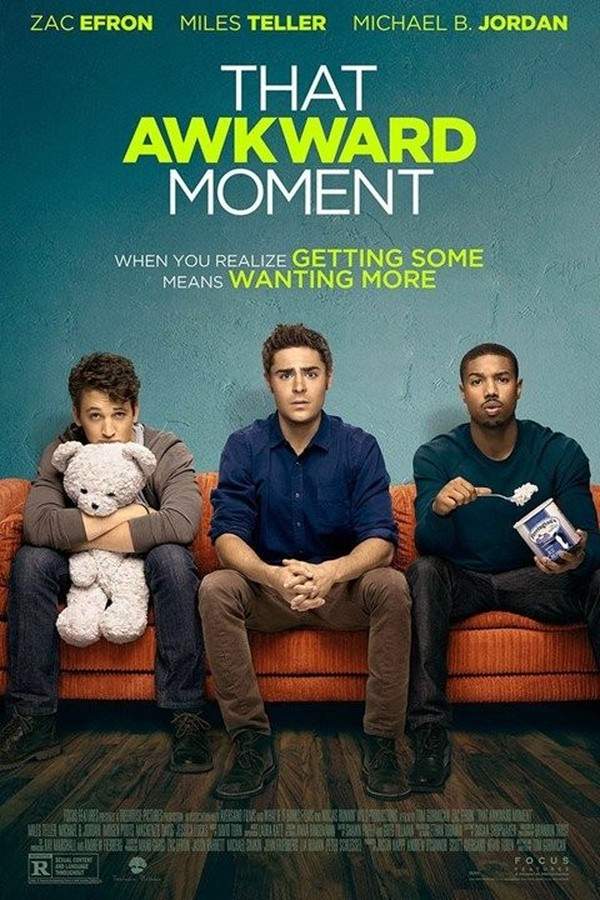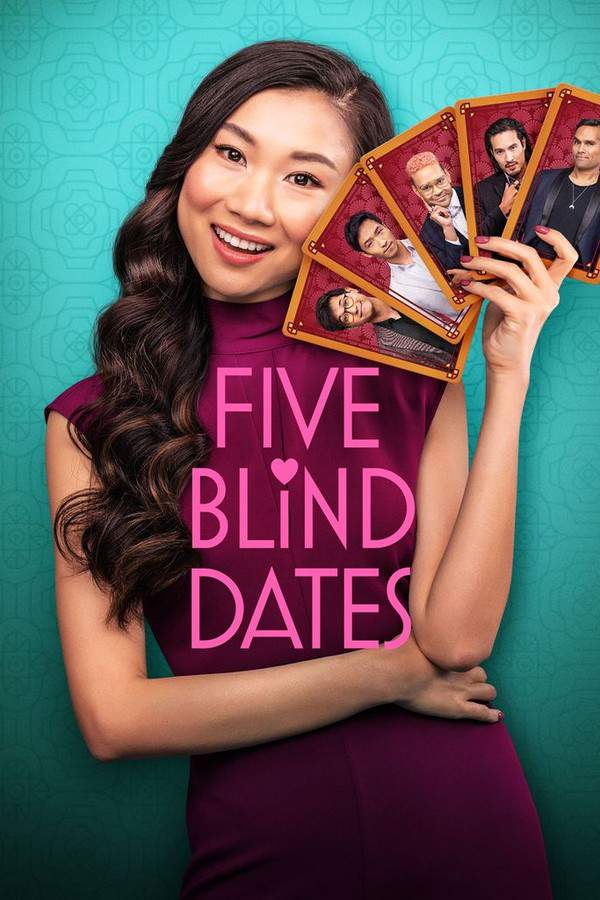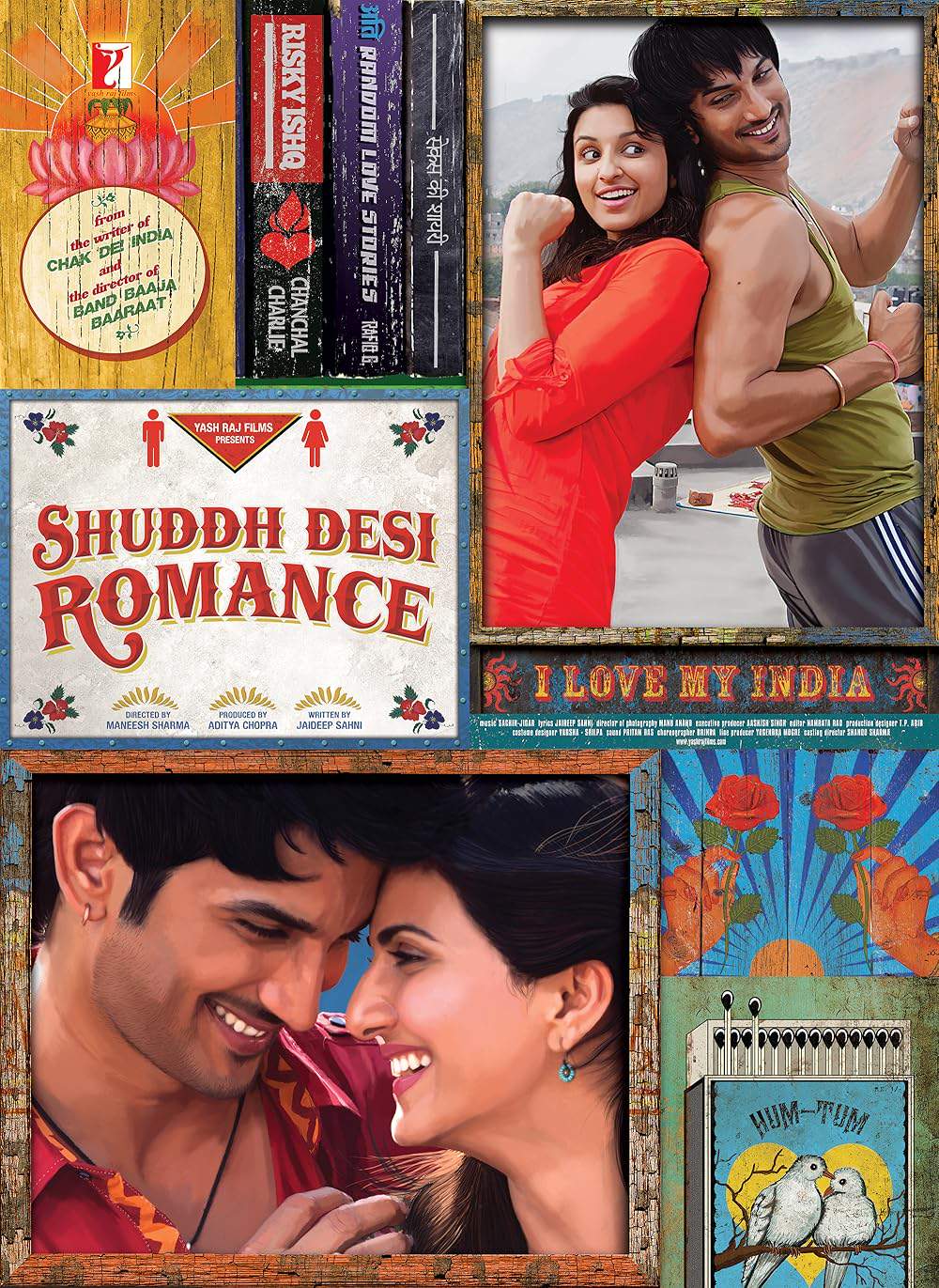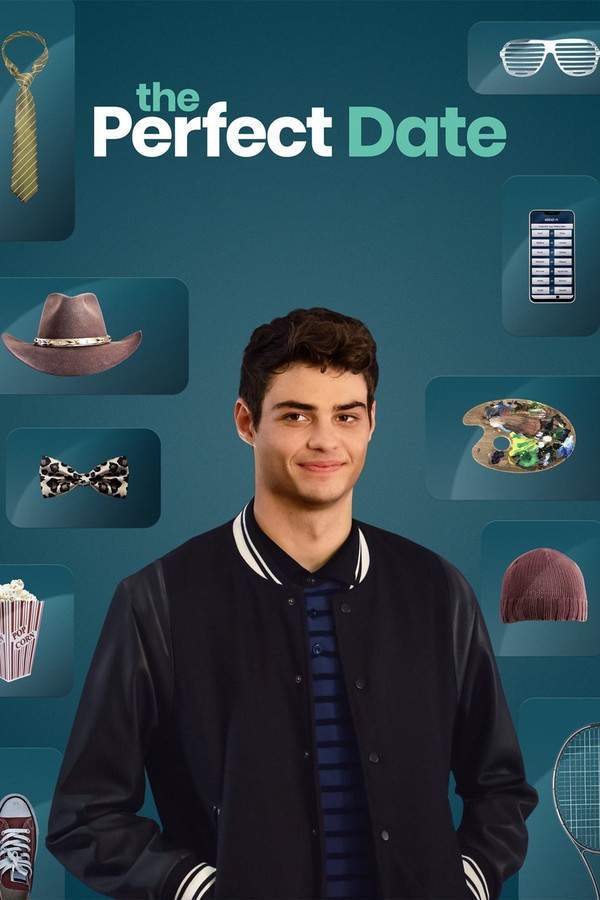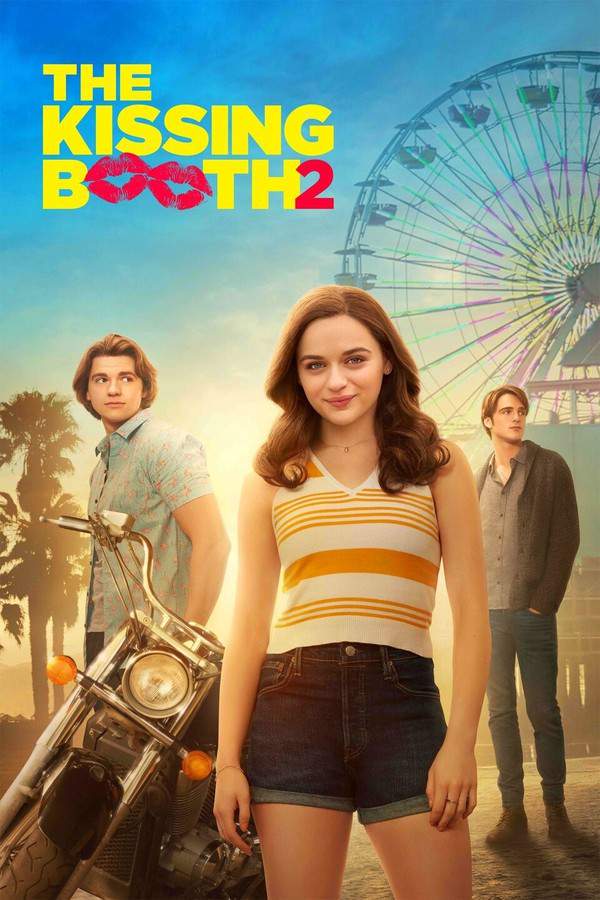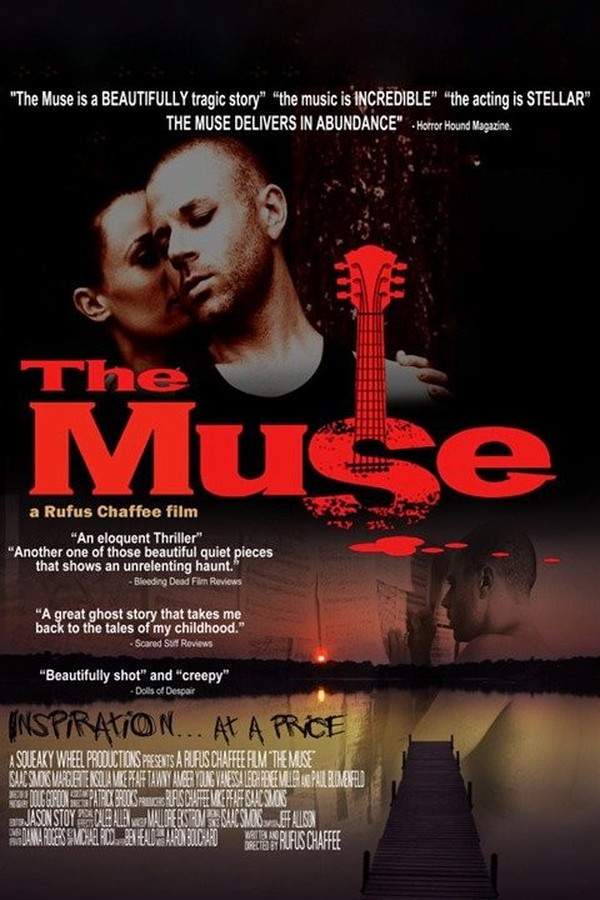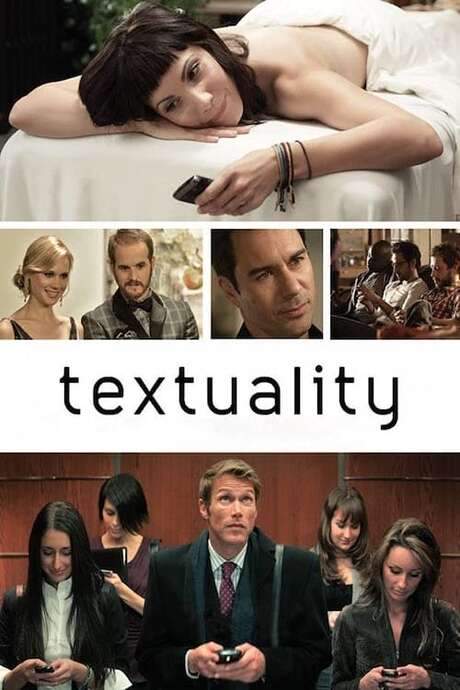
Textuality
Year: 2011
Runtime: 90 mins
Language: English
Director: Warren P. Sonoda
Two people attempt to get into a relationship, while exiting the multiple relationships they were each managing through their Blackberries before they met.
Warning: spoilers below!
Haven’t seen Textuality yet? This summary contains major spoilers. Bookmark the page, watch the movie, and come back for the full breakdown. If you're ready, scroll on and relive the story!
Textuality (2011) – Full Plot Summary & Ending Explained
Read the complete plot breakdown of Textuality (2011), including all key story events, major twists, and the ending explained in detail. Discover what really happened—and what it all means.
In the opening credits, Breslin Jason Lewis and Erin Anna Cyzon reveal a fragile romance that starts with almost no sound, save for a soulful Ray Charles tune that lingers as their story unfolds. The film sketches a world where every phone is a Blackberry and every moment seems to be posted or texted, illustrating a culture where communication is nonstop and distraction is the norm.
Breslin Jason Lewis is a financial adviser who is feeling the pressure. His job is on the line if he loses one more client, and his boss Kara looms large as a potential threat. Six months earlier, Breslin and Erin were meant to marry, but something went wrong, and since then he has kept a revolving door of relationships with different women. He dates a waitress named Heather and an art teacher named Dina Kristen Hager, who asks for a higher level of commitment while Breslin navigates the risk of losing everything he’s built.
Simone Carly Pope is an artist who runs a blog called “Simone Says” and fiercely refuses to sell her paintings, leaving audiences to wonder how she sustains herself financially. She is the creative center of her world, and she is dating four men at once. She is connected to the art world in other ways too: Dina Kristen Hager is her art teacher, adding a layer of tension and mentorship to the mix. Simone’s dynamic with Breslin begins as a wary, tense flirtation—she dislikes texting, while Breslin would rather speak on the phone—yet there is a clear, magnetic attraction that hints their relationship will be more meaningful than any of Breslin’s other entanglements.
Clive Eric McCormack has money and is drawn to Simone, fueling a web of desire and competition. Marcus Shane Nicely is an NBA player who brings a contrasting mix of charm and bravado to the scene, while Colin Kristen Holden-Ried is depicted as a less successful presence—a band member who doesn’t quite fit in with the more polished crowds. Jacob, who must call his mother to pick him up and who battles a germophobic streak, adds a quirky counterpoint to the group’s dynamics. He, unlike the others, doesn’t have a clearly labeled actor in the cast information provided, so his presence remains as plain text here.
Throughout the film, Breslin’s closest ally appears to be Mike, a wealthier, inherited-rich friend who seems to shape Breslin’s choices and help determine whether he can keep his job and avoid a firing. The story even threads Mike’s life into everyday scenes—visiting a grocery store, witnessing Mike’s questionable newspaper deliveries, and a senior bowling league moment—to illustrate just how entangled money and friendship can be in this circle. Yet Mike’s involvement is not always straightforward, and the balance of power between friends and lovers shifts with each scene.
Despite these parallel stories, the film keeps a singular throughline: Breslin and Simone’s evolving relationship. Their rocky start—where mutual curiosity replaces initial skepticism—tests whether their connection can outgrow the distractions of their surrounding relationships. Will Breslin and Simone’s bond prove strong enough to withstand the other commitments they’re juggling? And how will the rest of the relationships—Dina’s demand for commitment, Clive’s wealth-driven fascination, Marcus’s confidence, and Colin’s band ambitions—shape the choices Breslin makes about his own future?
As the credits close, the film leaves viewers with a question that lingers like the Ray Charles melody: in a world obsessed with constant connection, what does it really take to connect with someone on a deeper, more lasting level? The characters each chase something different—money, attention, affection, or artistic integrity—but the heart of the story remains Breslin and Simone, and the possibility that genuine connection can emerge from a maze of text messages, competing desires, and imperfect pasts.
Last Updated: October 01, 2025 at 12:51
Explore Movie Threads
Discover curated groups of movies connected by mood, themes, and story style. Browse collections built around emotion, atmosphere, and narrative focus to easily find films that match what you feel like watching right now.
Movies about modern digital dating like Textuality
Navigating love and connection through the anxieties of technology and social media.If you liked the witty exploration of love and texting in Textuality, you'll enjoy these movies about modern digital dating. Find similar romantic comedies and dramas that capture the anxiety and humor of navigating relationships through apps and social media.
Narrative Summary
Stories in this thread typically follow characters as they juggle multiple digital connections, grapple with the pressure of constant availability, and question whether true intimacy can be found amidst a sea of options. The central conflict often involves choosing between curated online personas and the messy reality of genuine connection.
Why These Movies?
These movies are grouped together because they share a core thematic focus on the intersection of technology and romance. They possess a similar tone of modern, reflective humor and a relatable anxiety about communication in the 21st century.
Witty and talk-driven romantic comedies similar to Textuality
Character-focused romances where conversation and chemistry drive the story.Looking for more smart romantic comedies like Textuality? This list features movies with a similar steady pace, light emotional weight, and focus on witty conversations and character connection, perfect for fans of dialogue-driven romance.
Narrative Summary
The narrative pattern revolves around two articulate, often career-focused individuals who meet and connect primarily through conversation. The plot is propelled by their verbal exchanges and internal reflections on commitment and compatibility, often leading to an ambiguous or realistically hopeful conclusion rather than a fairy-tale ending.
Why These Movies?
Movies in this thread are united by their shared emphasis on intelligent dialogue, a steady, character-driven pace, and a light but thoughtful tone. They appeal to viewers who enjoy romance built on chemistry and conversation.
Unlock the Full Story of Textuality
Don't stop at just watching — explore Textuality in full detail. From the complete plot summary and scene-by-scene timeline to character breakdowns, thematic analysis, and a deep dive into the ending — every page helps you truly understand what Textuality is all about. Plus, discover what's next after the movie.
Textuality Timeline
Track the full timeline of Textuality with every major event arranged chronologically. Perfect for decoding non-linear storytelling, flashbacks, or parallel narratives with a clear scene-by-scene breakdown.

Characters, Settings & Themes in Textuality
Discover the characters, locations, and core themes that shape Textuality. Get insights into symbolic elements, setting significance, and deeper narrative meaning — ideal for thematic analysis and movie breakdowns.

Textuality Spoiler-Free Summary
Get a quick, spoiler-free overview of Textuality that covers the main plot points and key details without revealing any major twists or spoilers. Perfect for those who want to know what to expect before diving in.

More About Textuality
Visit What's After the Movie to explore more about Textuality: box office results, cast and crew info, production details, post-credit scenes, and external links — all in one place for movie fans and researchers.



